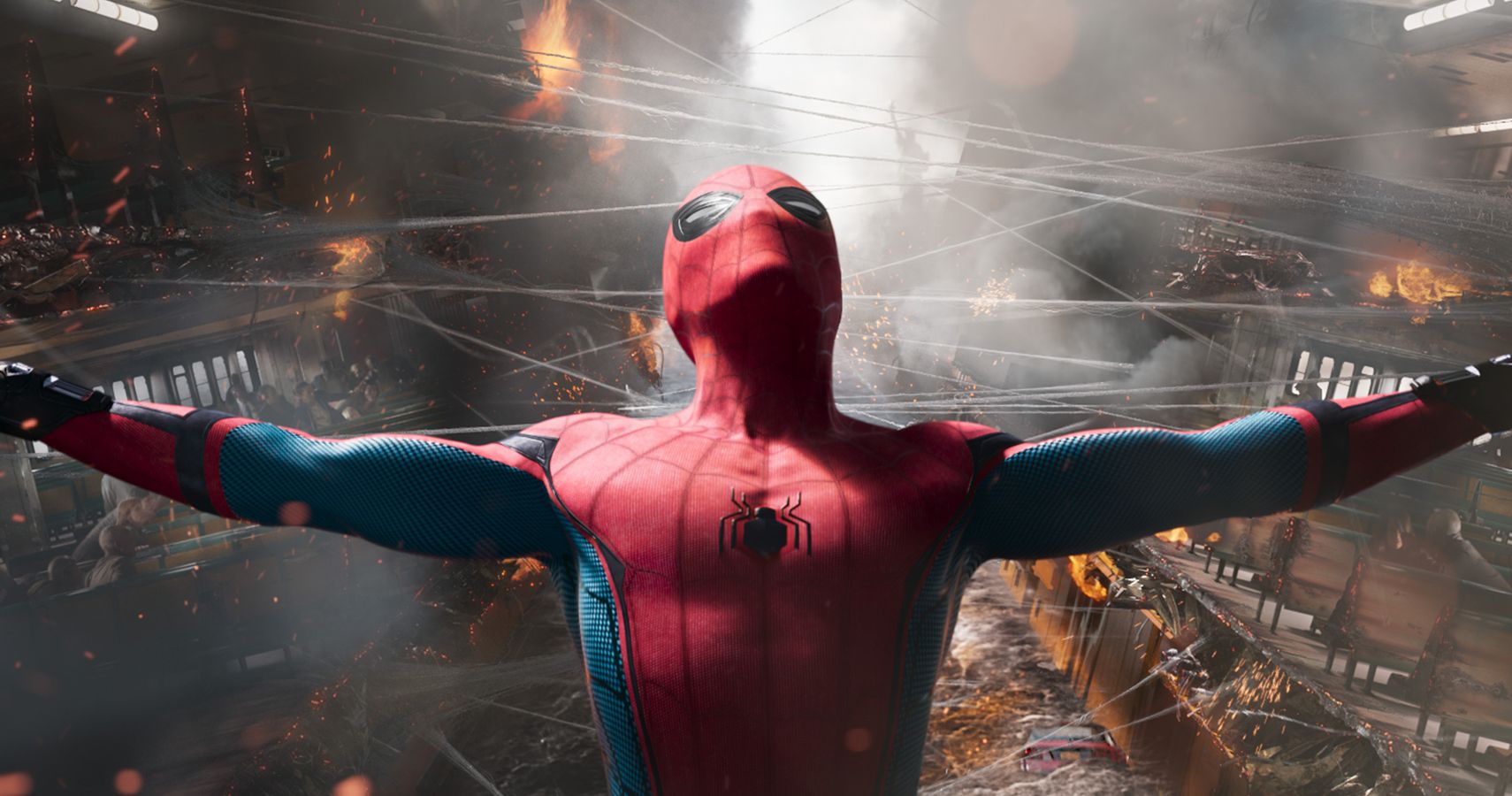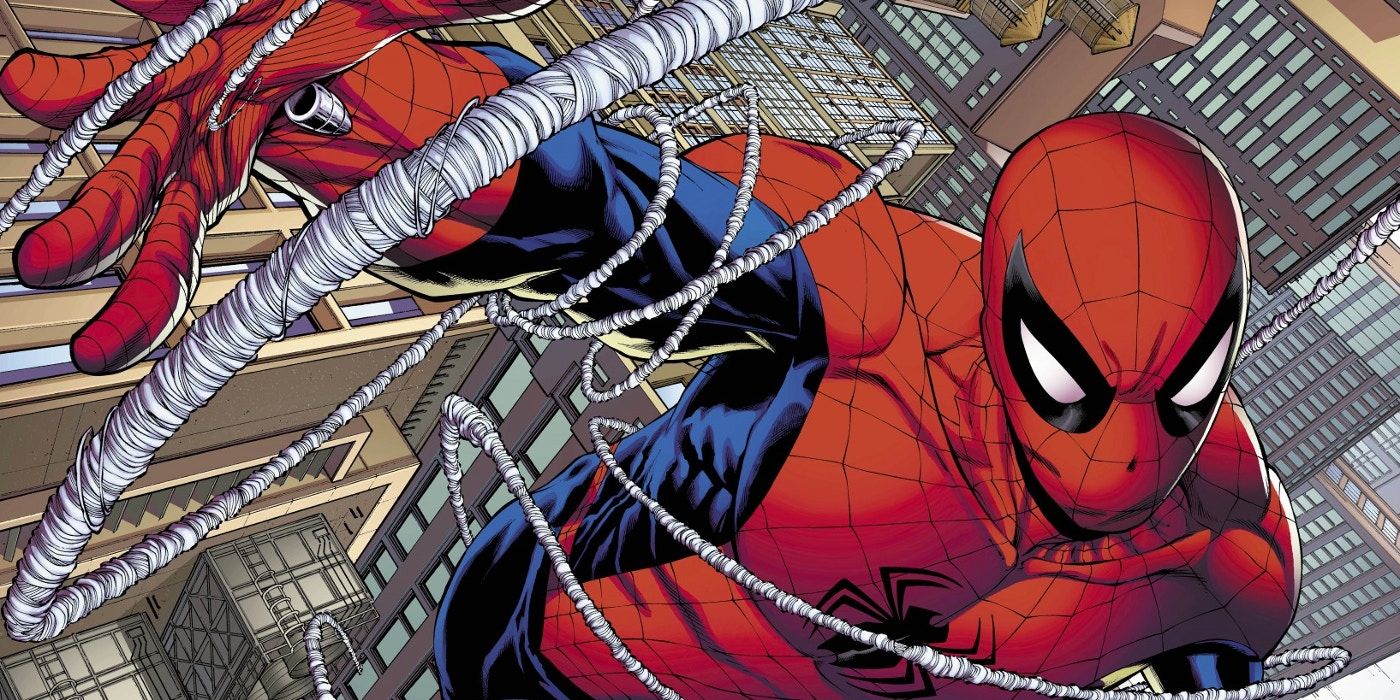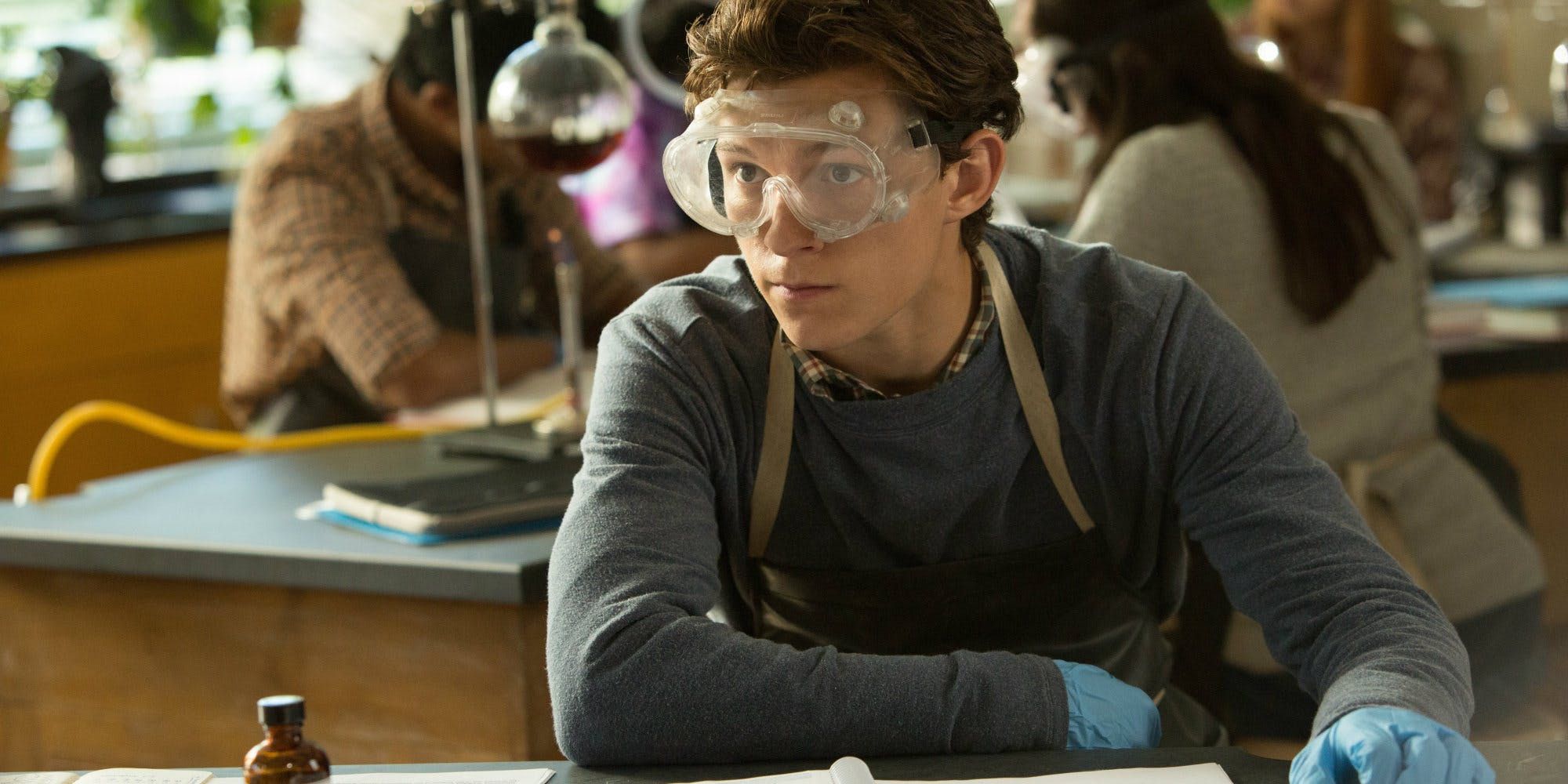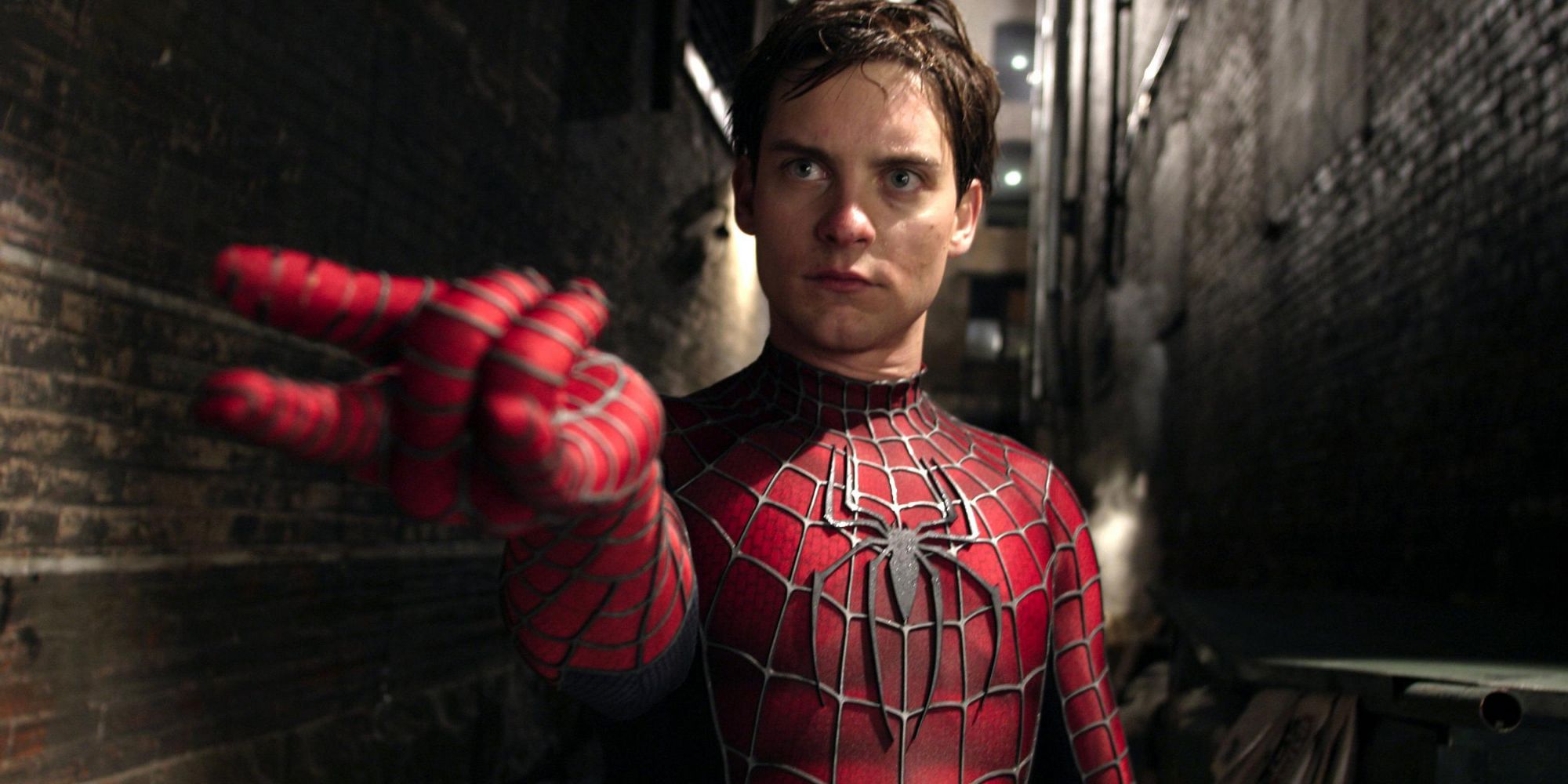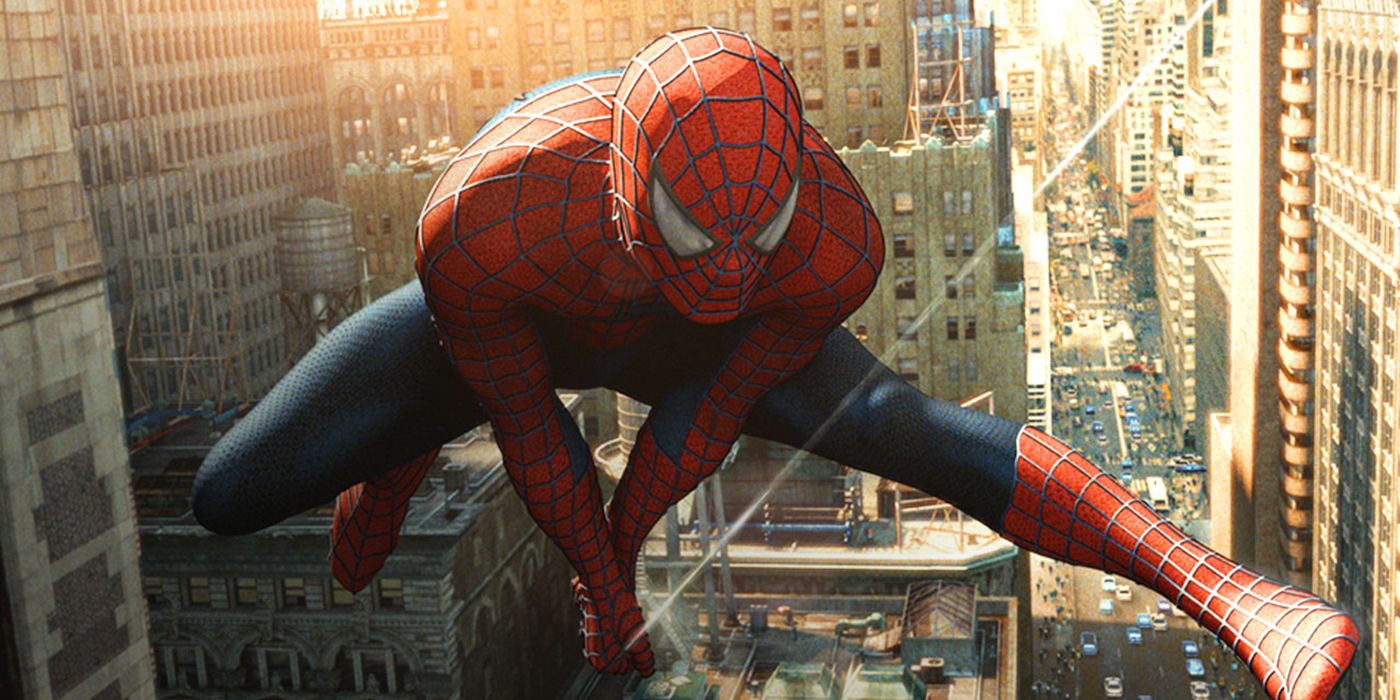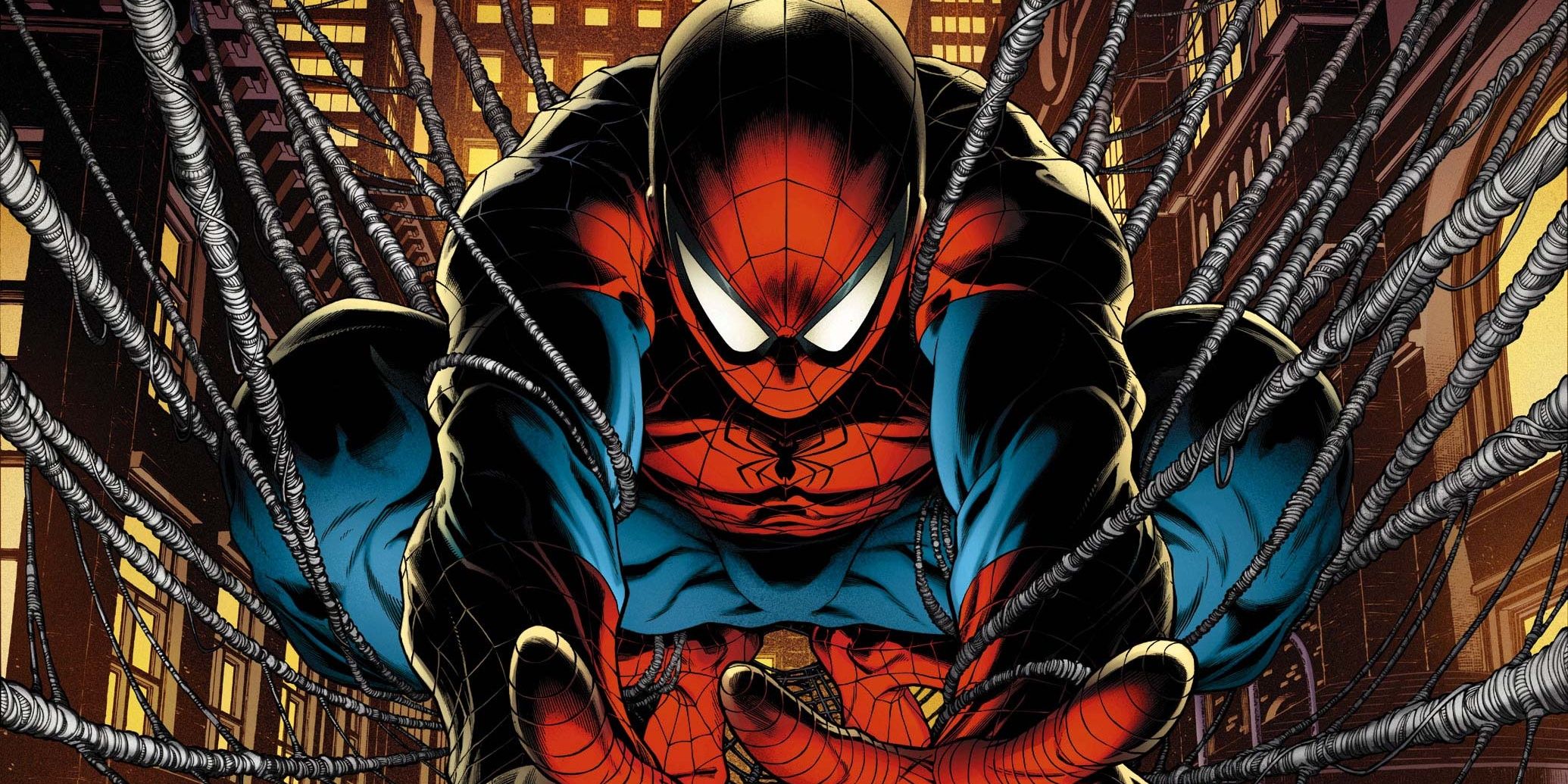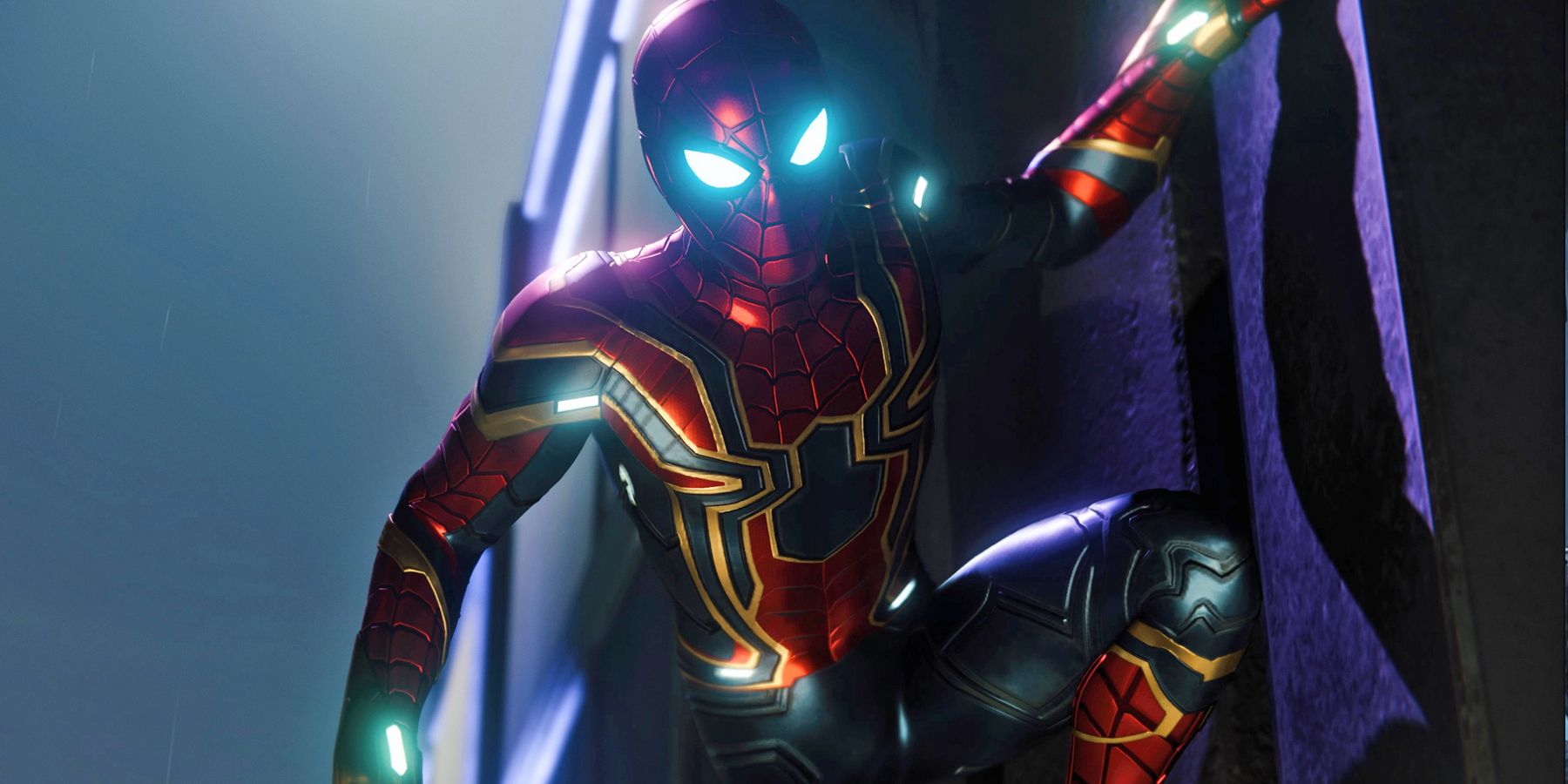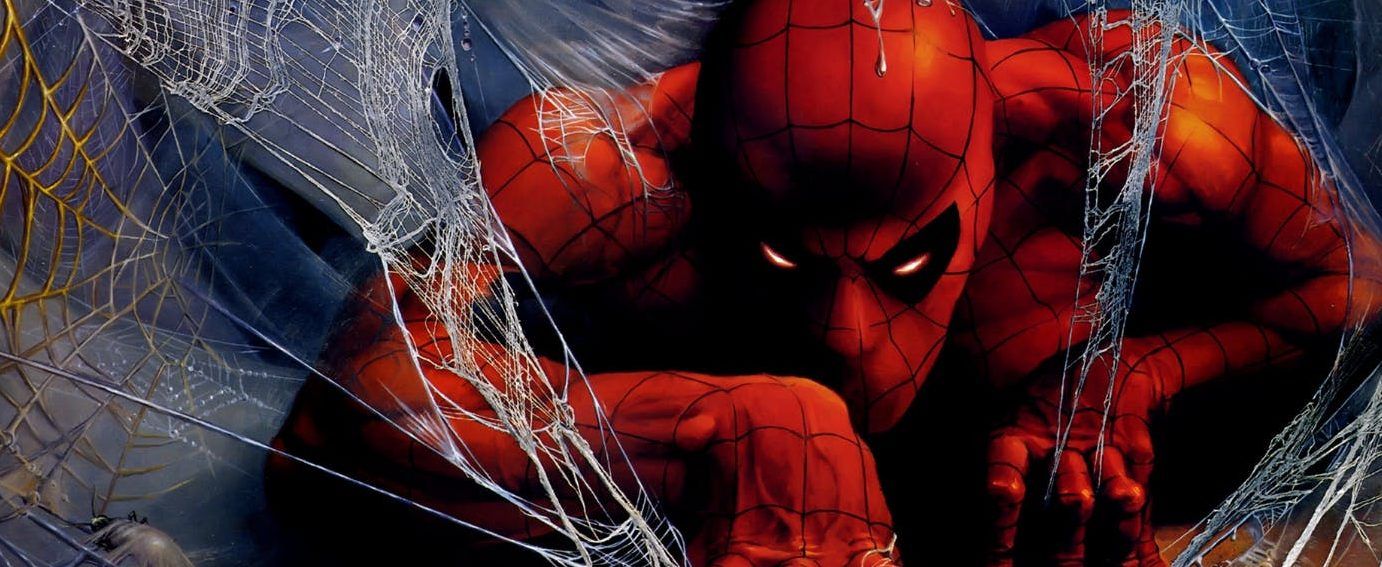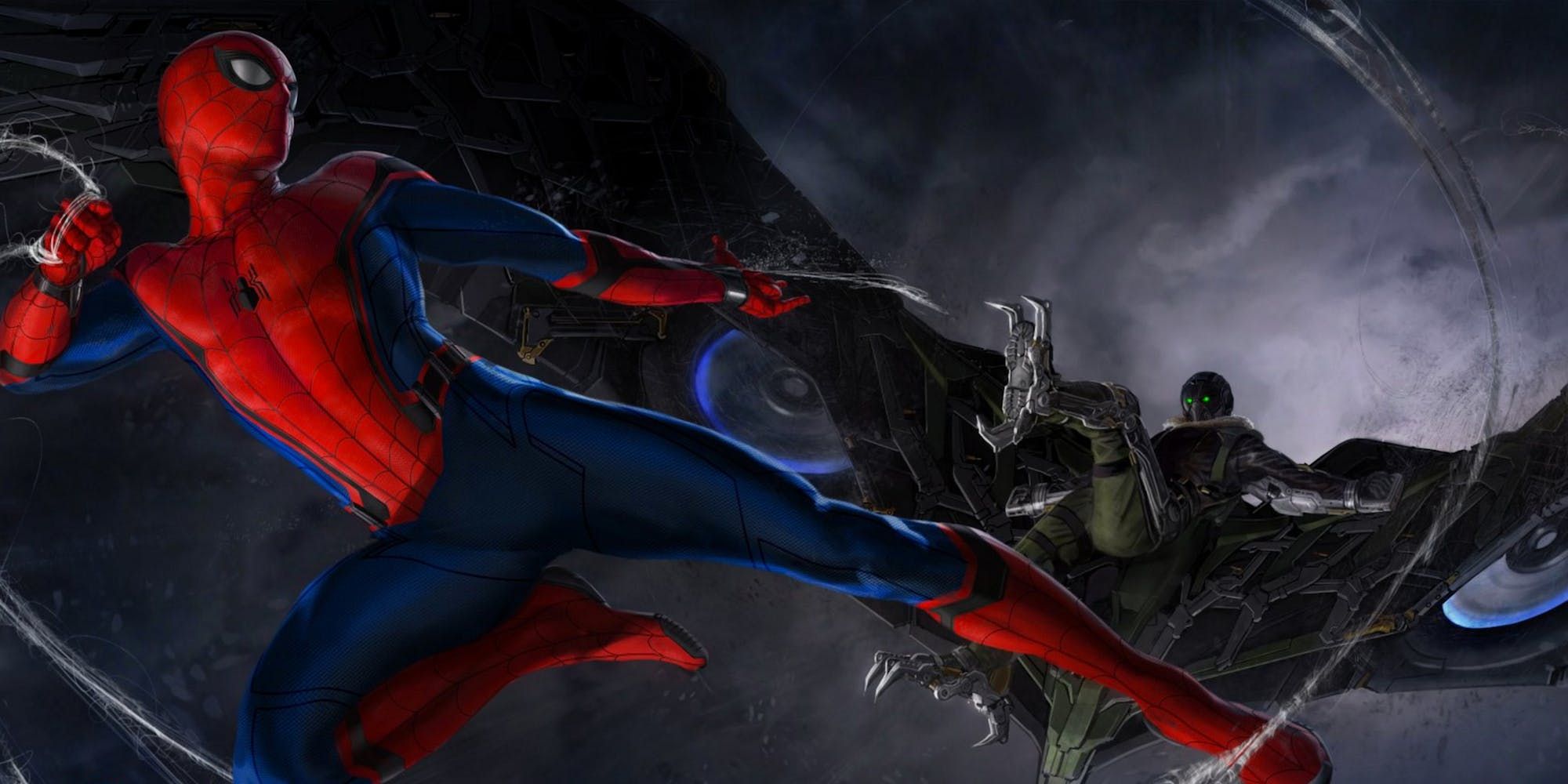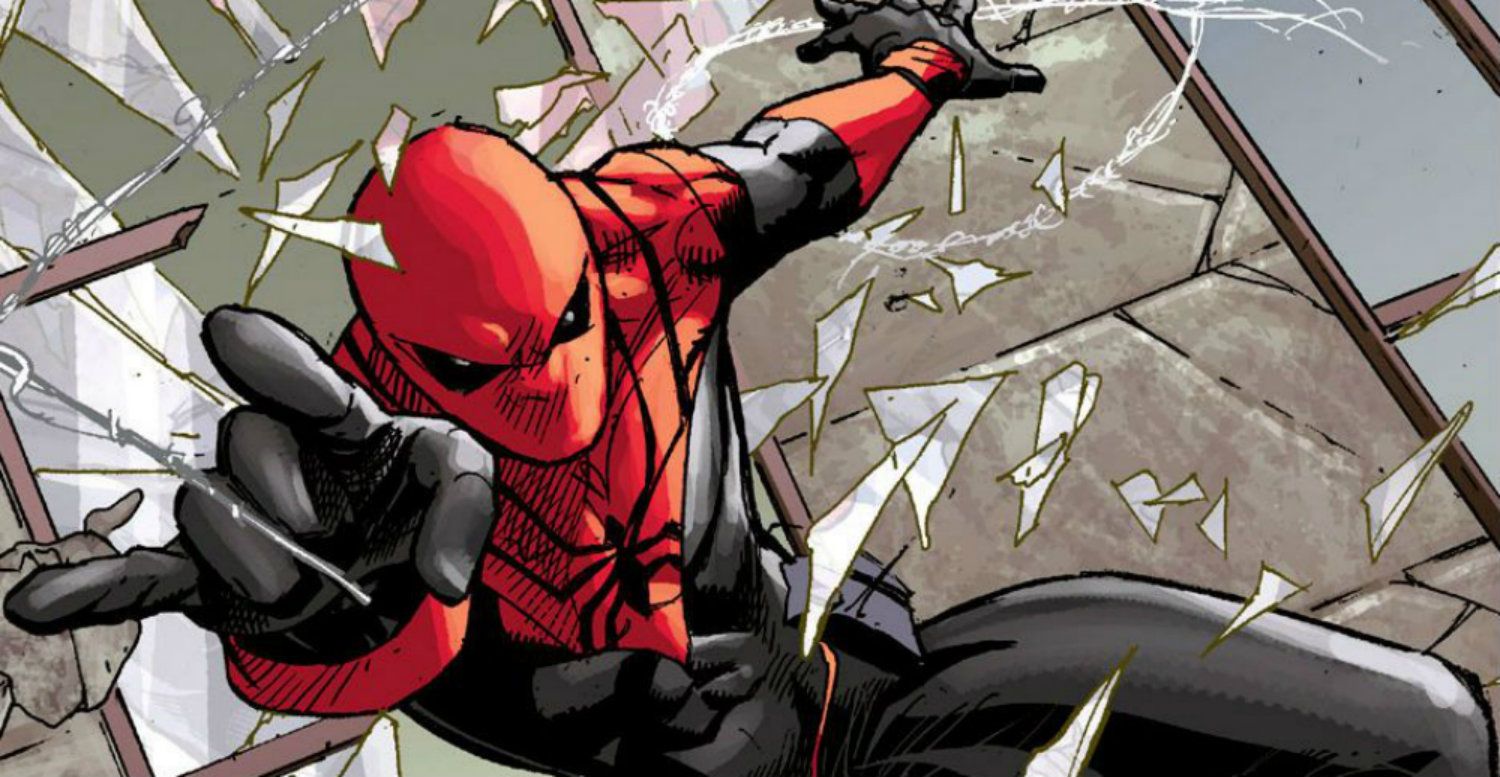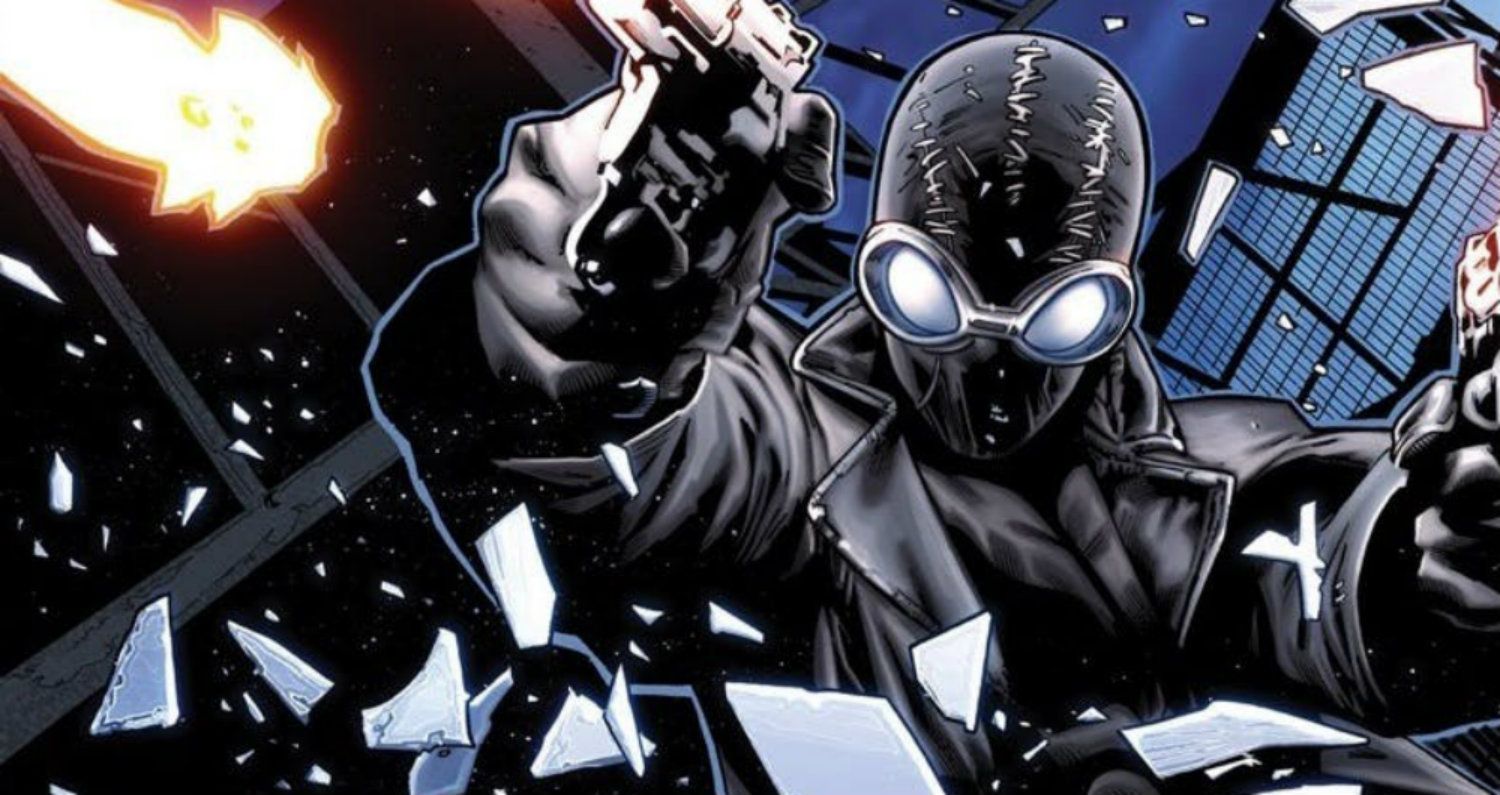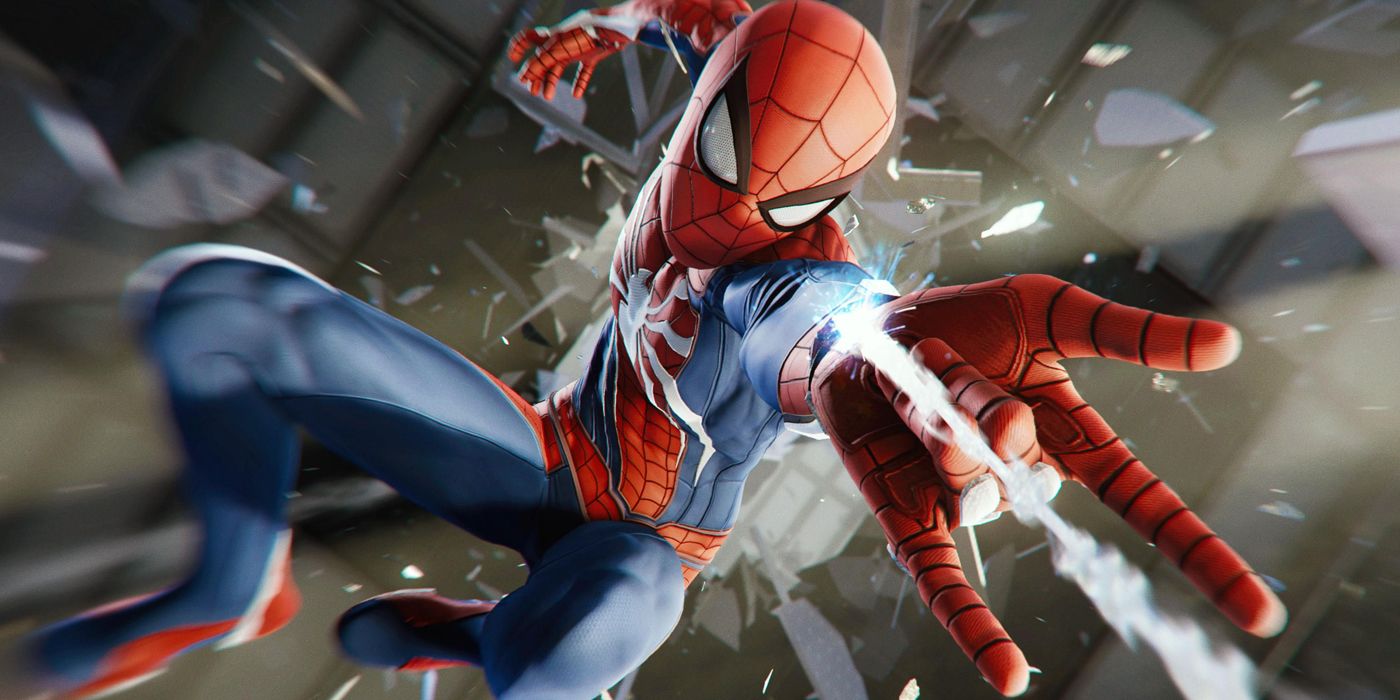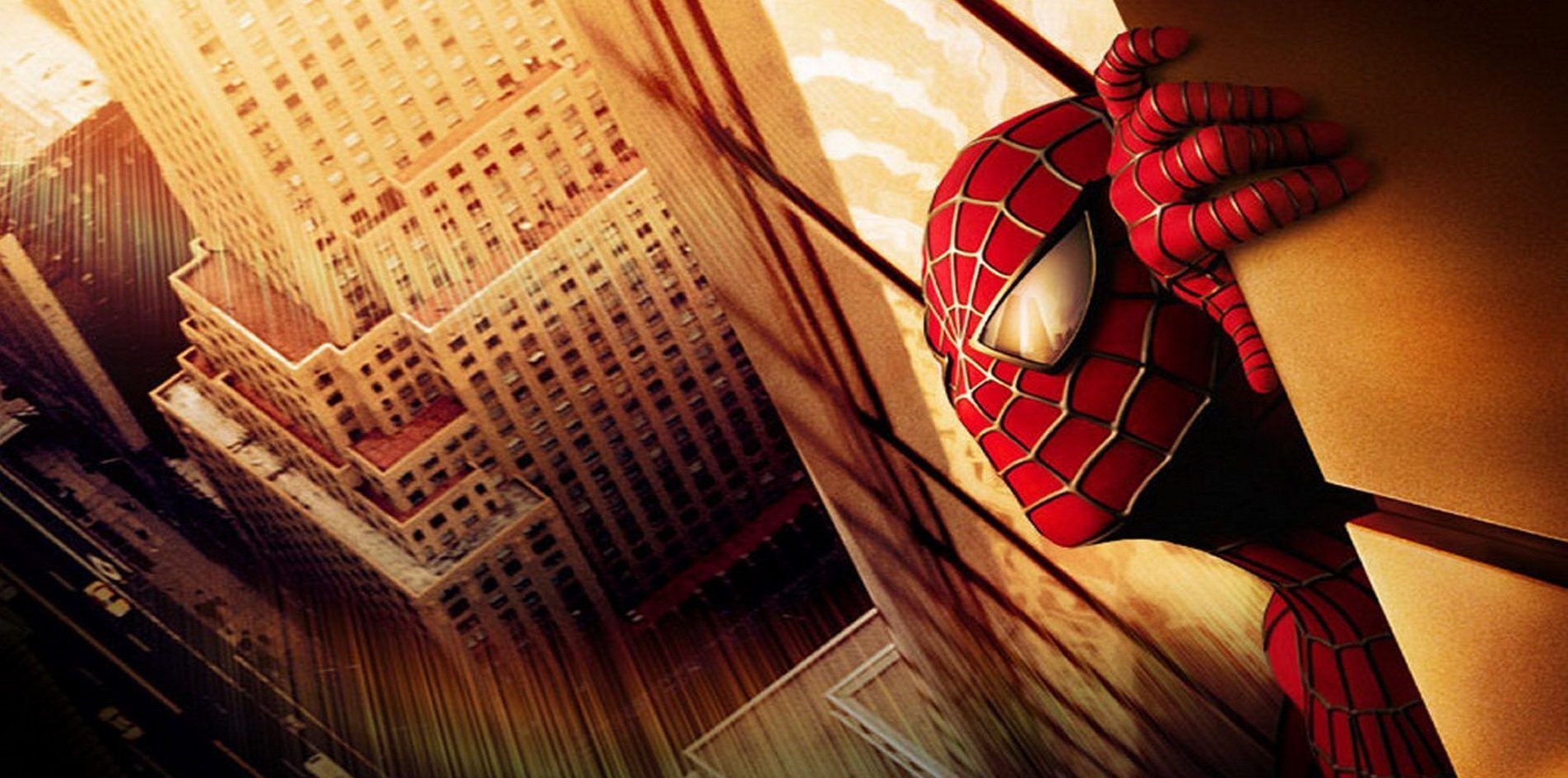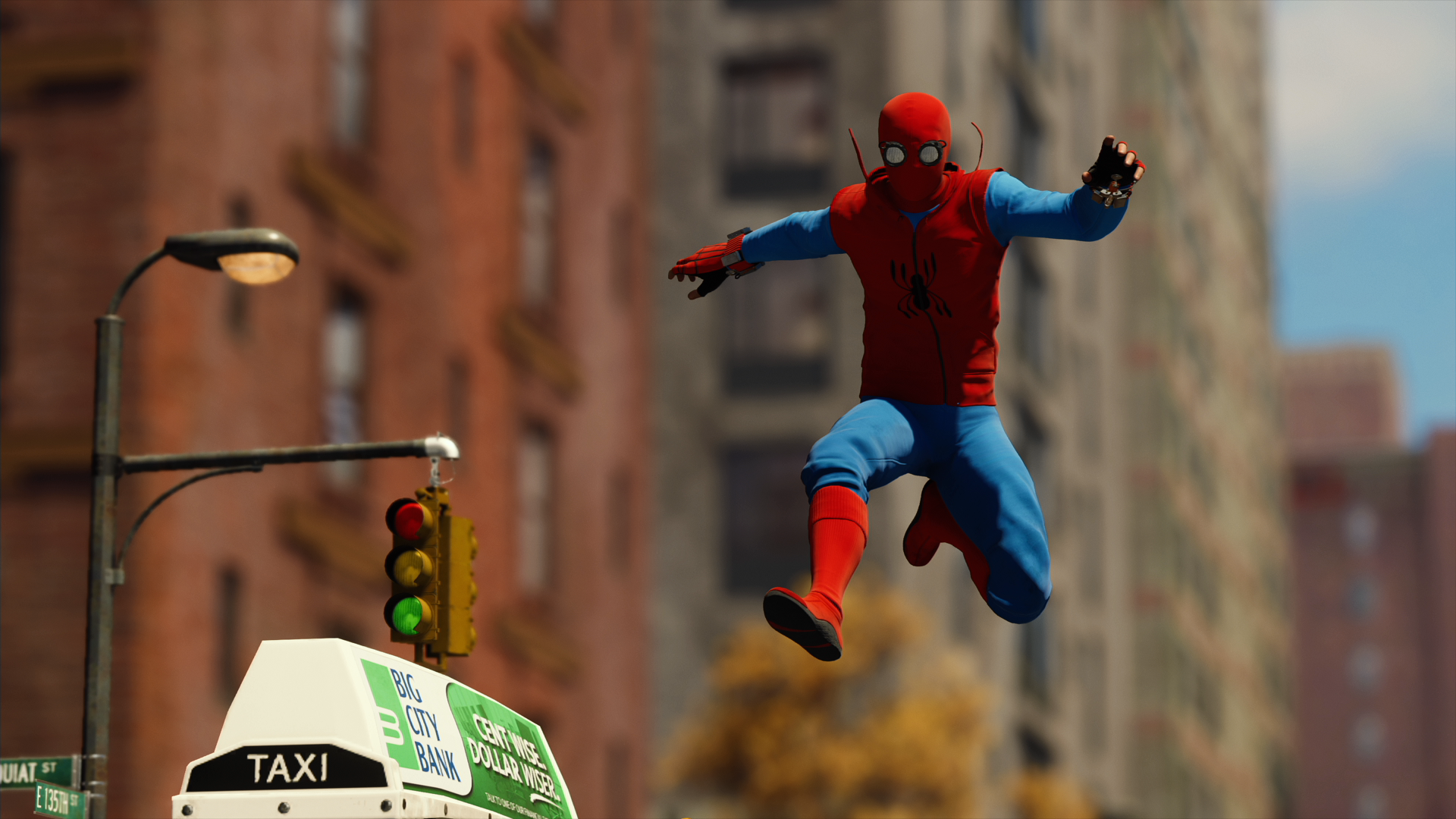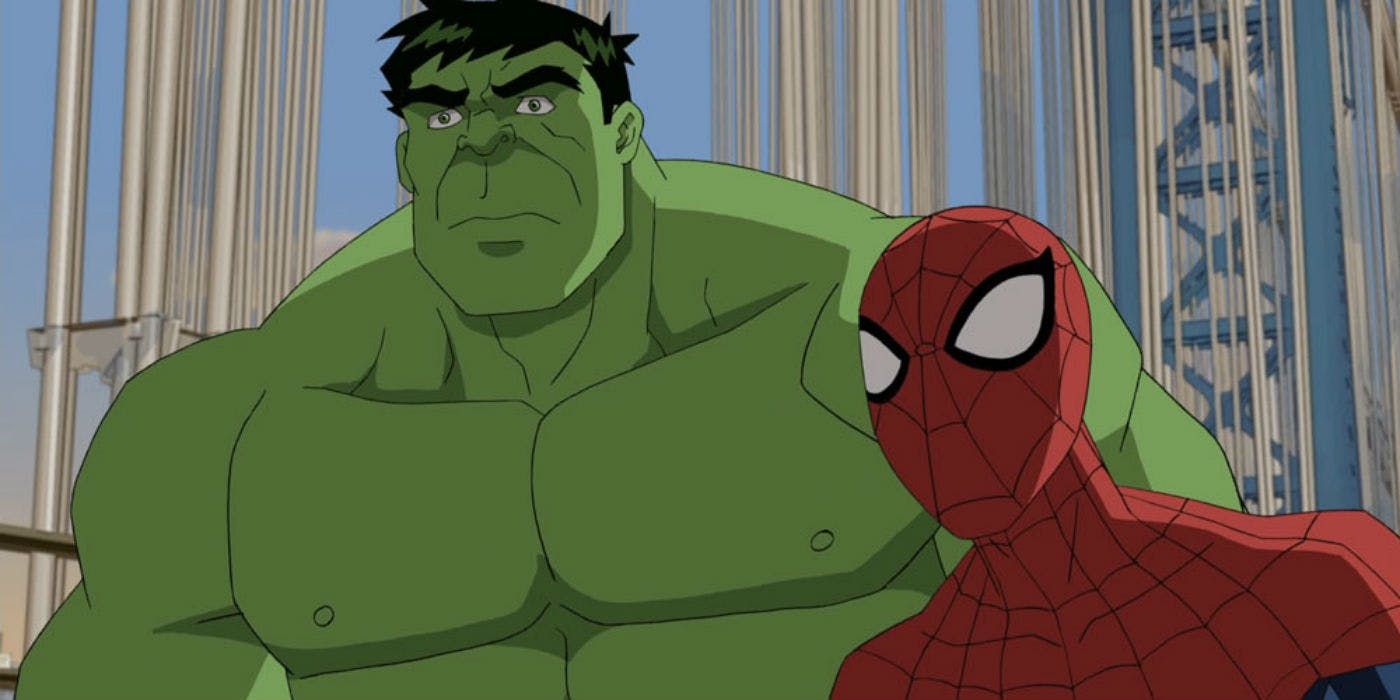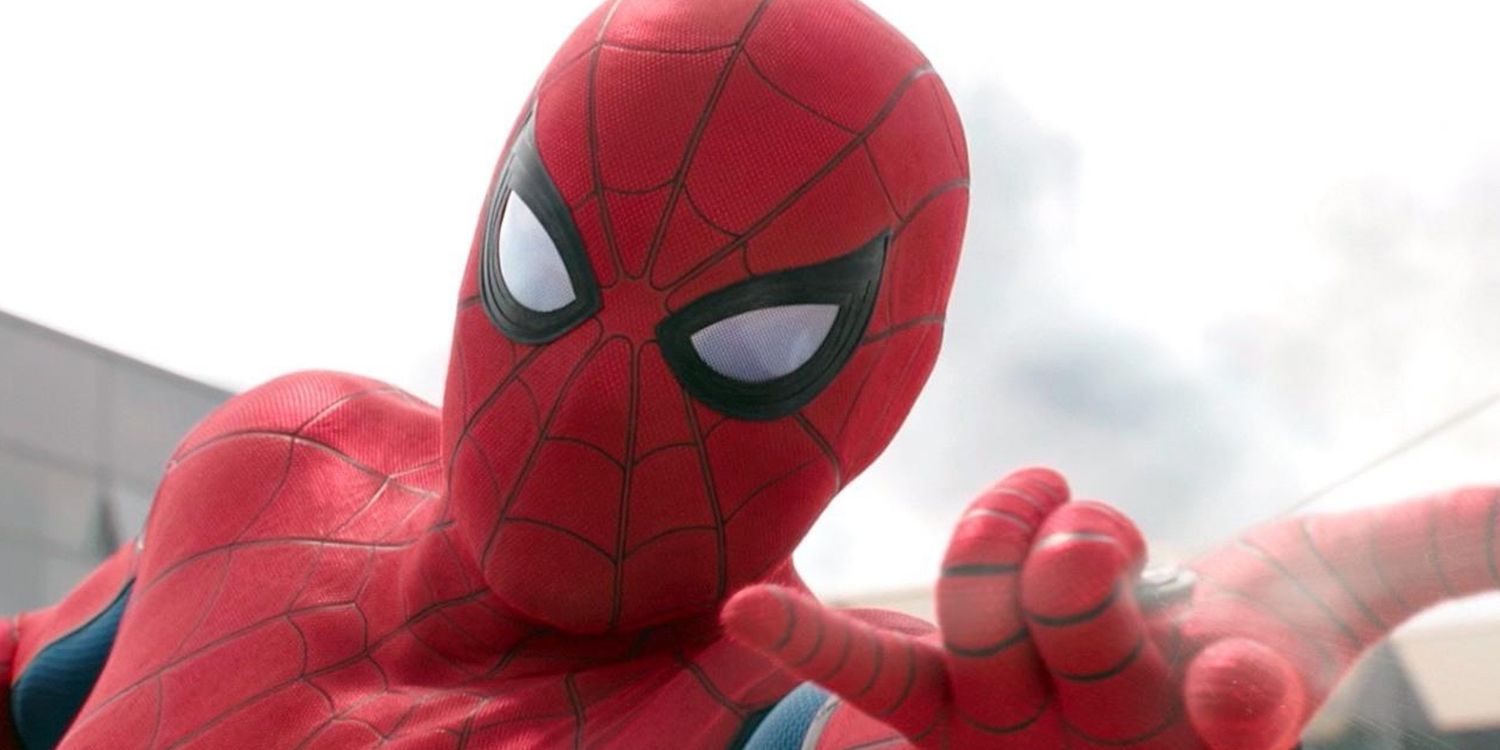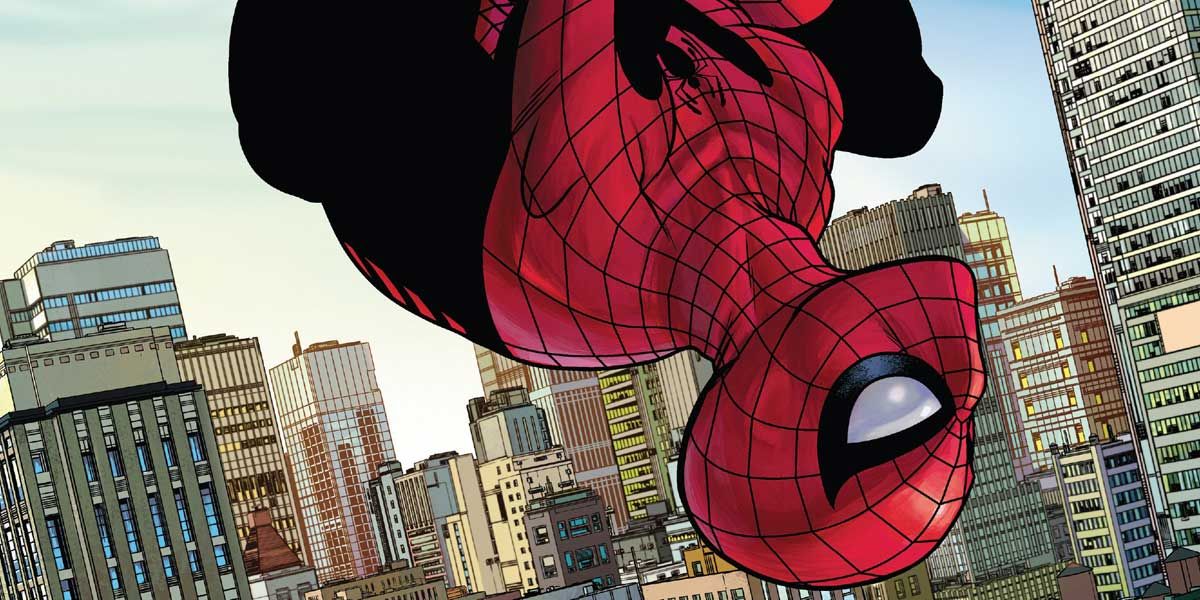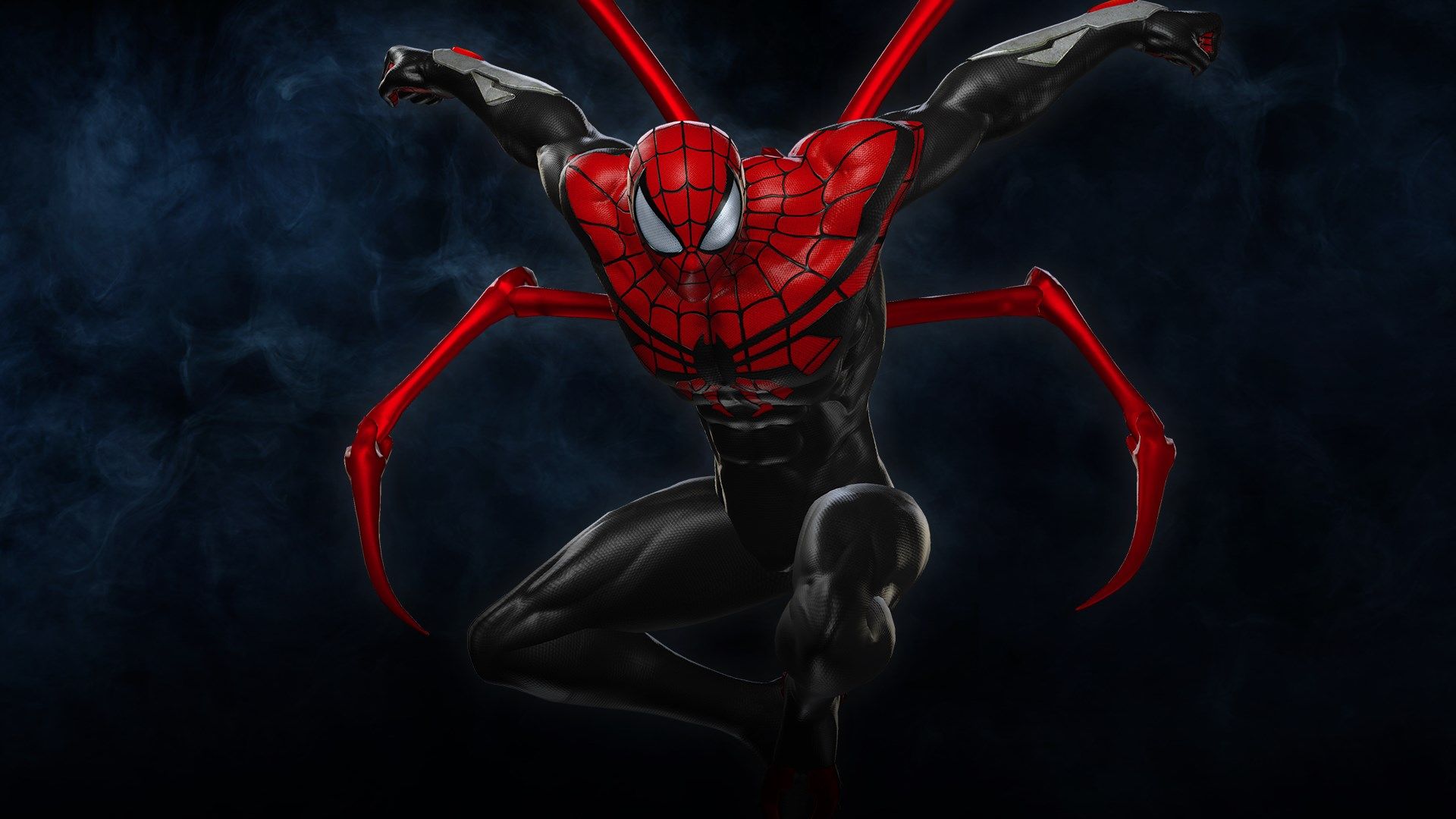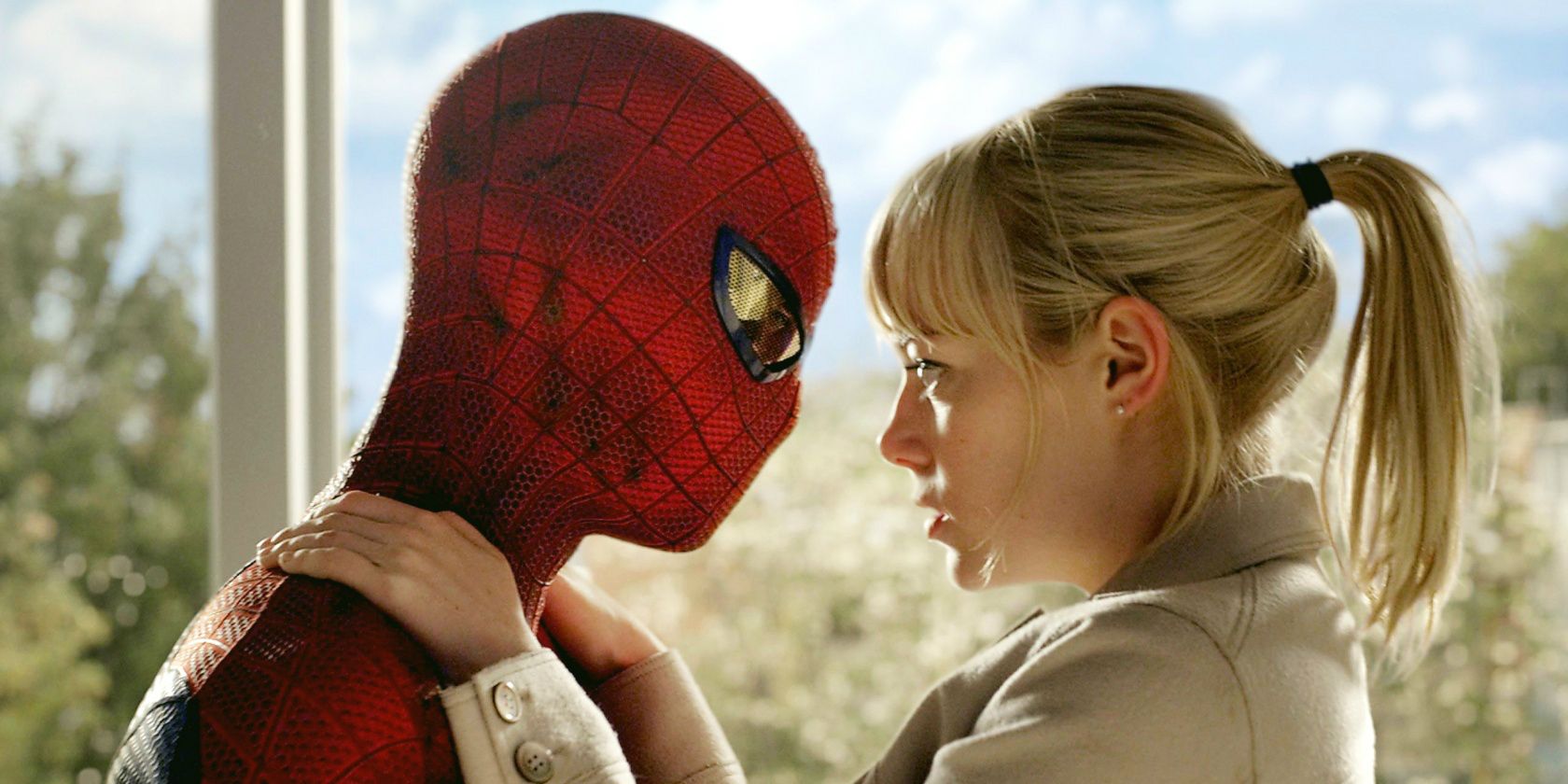He spins a web, any size, and catches thieves just like flies. You know who we're talking about, our friendly neighborhood Spider-Man! The wall-crawler has been shooting webs and fighting crime since the '60s and we just can't get enough of him. With his incredible strength, superior Spidey-Sense, and amazing intellect, he's got everything a superhero could ever want. His red and blue (and sometimes black) attire and mask have been a symbol of Marvel Comics since the earliest days of publication. Spidey has a lot of elements and tricks that get him to stand out from the rest of the comic book crew, but we're here today to talk about what puts the web in web-head.
Iron-Man has his arc-reactor, Thor has his hammer, Doctor Strange has his cloak, and Captain America has his shield. What's Spider-Man without his web? This iconic tool of the trade is Spidey's bread and butter; it can be a weapon, a trap, a safety net, and even a mode of transportation around the New York skyline. It's one of those iconic superheroic assets that never leaves the character no matter what interpretation. But how much is truly known about Spidey's weapon of choice? How strong is it? How long does it last? Do trash men find bits and threads of it lying about the city? We'll answer all those questions and more as we swing straight into twenty fantastic facts about Spider-Man's Webbing
20 A PARKER ORIGINAL
With all the re-imaginings and adaptations of the character, certain origins can be lost in the pages. Newer movies, graphic novels, and comic book runs are always giving new spins on the material, and Spidey is no exception. It's quite a surprise, but some fans have forgotten that the web-shooters were created and designed by Peter Parker himself.
Originally, Peter Parker designed the shooters and the fluid to give his alter-ego the web-swinging ability of an acrobatic arachnid. He's responsible for the mechanics, design, and concept, and all by himself to boot. Though later interpretations would see him swipe the technology from Oscorp, develop it at school, or acquire it elsewhere, the most well-known weapons of webbing are the Parker originals.
19 MENTAL THREADS
When it comes to superhero alter-egos, what comes to mind? Is it Bruce Wayne, Gotham's billionaire playboy? Could it be Clark Kent, mild-mannered reporter for the Daily Planet? Or maybe it's Dr. Bruce Banner, a scientist hiding a green-eyed secret. Something tells us Peter Parker, a student at Midtown High School, doesn't exactly sound like a dashing alter-ego for a swinging superhero.
That being said, Stan Lee wanted Peter to be a relatable character, but also show off more of an intellect than money or reputation. That's also why he had him design the web-shooters himself, to show the readers a superhero with a skilled mind and intellect. After all, aren't brains a bit better than brawn alone?
18 ALL IN THE WRIST
Where the comic books and later adaptations had Spider-Man's web-shooters be a device or some form of experimental weaponry. In the 2002 film, however, Sam Rami had a different idea in mind for his spidery spinnerets. Let's just say the Spider-Suit wasn't the only thing skin tight.
Unlike most interpretations, Sam Rami's Spider-Man had organic web glands in his wrists, cutting out the web-shooters entirely. True, this version made Peter more spider-like in concept, but we can't help feel there's a certain something missing from our friendly neighborhood Spider-Man. Still, there's the lessened chance of running out of webbing, right?
17 STAYING LOADED
Alright, so we know what makes the webbing, but what exactly is the webbing? The shooters are loaded with cartridges of a special pressurized fluid that creates the webbing when shot out of the mechanism. Think of something akin to an aerosol rifle, only much smaller. Spidey needs something he can conceal, after all.
Though the exact chemical compounds are not actually known, they've been getting Spider-Man around New York City for decades. Since the original formula, Spidey has improved and innovated his webbing, proving that it's always evolving, just like the hero who created it!
16 SURFING THE WEB
The image of Spider-Man swinging through New York City is as iconic as Batman looming over Gotham or Superman flying above Metropolis. However, how is it that his web is able to rocket him up the sides of humongous skyscrapers? Easy -- it's all in the cartridge!
Spider-Man's web is pressurized at around 300psi, and this amount of force allows the web to shoot in a strand up to 60 feet. This is perhaps the reason why Spidey is able to swing from rooftops and gain altitude to pose on the top of the Empire State Building. For such a tiny cartridge, his shooters really do take him places.
15 TAKE YOUR PICK
Another fascinating feature of the web-shooters, Spider-Man has the ability to change the consistency and shape of the web thanks to a special nozzle. His typical webs come in three different shapes. He can shoot a steady stream to swing from, a spray to make webs, and a short blast, more commonly known as the web-ball.
These three make up the base form of Spidey's attacks. We've all seen him swing from a rope, bind bad-guys on the run with a net, and anyone who has played Marvel Vs. Capcom is familiar with his pesky projectile attack. Either way, Spidey, even with the basics, is still well-armed and ready for a fight.
14 A WEB FOR ANY OCCASION
Not only can the webbing be shot out in three different patterns, but it can be molded and shaped to meet any need. It's stretchable and malleable. Whether it's used to bind up some unsightly criminals in a pair of instant handcuffs or jam the Green Goblin's Glider with a large web-bomb, the webbing can fit almost any need.
Not only is this skill useful in the heat of battle, it also has practical uses as well. Spider-Man has used his web for a child's swing, a hammock, a way to hold onto his pizza deliveries, and even as a pair of underwear -- no joke! The uses for his webbing are limited only by his imagination.
13 SEA-WORTHY
Spidey's webs are not easy to break, but that factor also has some impressive perks. One of the least known but most notable features of this strong webbing is the fact it is not water soluble. That's right, these webs are waterproof.
They float, they stay strong, and they retain their stickiness, but not only that -- used the right way, Spider-Man has actually walked on water. Granted, it's not a skill he gets to use often, but the fact remains true. It's easy to forget just how incredibly durable his webbing can be. It definitely makes the boat scene from Homecoming a bit more believable.
12 WITH GREAT POWER
Spider-Man's Webs have come a long way from being just stereotypically sticky. Along with an adhesive function, Peter has upgraded his cartridges to be much more than flypaper for bad guys. With the many innovations and technological advancements he's given his webs, Tony Stark would be proud.
The webs have been anything and everything from ice-powered, electromagnetic, and corrosively acidic. Spidey literally has a web for any disaster, any need, and any supervillain. Now that we've seen the Iron-Spider, we're hoping these upgrades meet the MCU soon.
11 PACKING HEAT
Though it's in an extended universe, we definitely want to include this more mercenary-flavored version of the wall-crawler. On Earth-8351, Spider-Man goes head to head with Wolverine in sort of a gun-for-hire partnership. Trust us, we do mean "gun-for-hire." What looks like a strange hybrid of Deadpool and the Red Hood walking around in Spidey's suit certainly throws us all for a loop in this reimagining.
Though this Spider-Man does not carry a gun, he has modified his web-shooters to be literal wrist-rockets and fire actual bullets! The sudden use of an automatic weapon even takes Wolverine by surprise, as it is certainly more lethal than adhesive webbing. This is definitely not your friendly neighborhood Spider-Man.
10 WILD WILD WEBS
What do you get if you mix Clint Eastwood, The Lone Ranger, and Spider-Man together? You get the Web-Slinger, of course. This spider-themed legend of the west is one of the stranger adaptations in the Spider-Verse, but certainly one of the more creative ones. A westernized version of our favorite web-head, this Spidey isn't swinging from rooftops, but packing a pair of pistols.
Though this version does carry a gun, he doesn't use bullets like our previous entry. Instead, he opts for a webbing-based projectile to pop from his pistol. Perhaps the stickiest gun in the west, this version of Spider-Man definitely has some cool tools of the trade.
9 SIMULATED SPIDER SILK
One would think that with as much webbing as Spider-Man uses, he'd certainly leave a mess for the public works of New York City to clean up. You would think that, but you'd be wrong. For a comic book character, Spider-Man gets realistic in the most unexpected of places.
Much like a real spider's web, Spidey's webbing is only temporary. Usually, it dissolves in a couple of hours and apparently often leaves a rather unpleasant odor. It makes for a clean getaway, and with no evidence to trace back to Peter Parker. It's smart, simple, and effective.
8 SEEN BETWEEN THE TOWERS
When the 2002 Spider-Man film was first teased, one of the iconic pieces was to have been a giant spiderweb between the World Trade Center Towers with a helicopter caught between them. This was part of an early teaser ad for the Sam Rami film but after the 9/11 attacks, the teaser was pulled, and now remains a piece of haunting history.
The teaser can still be found on YouTube today, but the image is positively bone-chilling. At one time, the sight of the web on the New York Skyline was one of the most awe-inspiring things a young Spider-Fan could ever hope to see. This might have been an iconic piece, but unfortunately, it only sparks thoughts of the tragic event.
7 ONCE, TWICE, THREE TIMES A SPIDEY
Spider-Man has certainly gone through the ringer when it comes to movies. From Toby Maguire to Tom Holland, each film adaptation has had their own version of his web-swinging abilities, but only one has been the most accurate. It's not the organic version of the Sam Rami film, nor the spy-tech version from Sony, but the homemade spider-tech from the MCU.
If it's one thing the MCU got right, it's the adaptation of Spider-Man. The version seen in Civil War and Homecoming really delivers on the original concept of the hero. You can tell from his hoodie and augmented mask that this was clearly something he made at home. It's pretty impressive considering it was the Disney-owned version to actually get the character right.
6 DROPPING A LINE
Admit it, we've all wondered what it would feel like to shoot a web and swing through the city like our favorite acrobatic arachnid. So how does Spidey's web maintain that hold and support his weight? Does his web-shooter make a rope or is there a thickness setting on the nozzle? The answer is actually quite ingenious.
Spider-Man's web-rope isn't actually a rope at all, but a series of small threads bound together to strengthen the web. Think of (or look up) a piece of steel cable in a theatre's stage rigging. The hundreds of threads wound tightly together create a line that easily supports a swinging Spider-Man. It's impressive how even the smallest details can affect a character's powers.
5 HULK HALTING
The Incredible Hulk is Marvel's heaviest hitter. The big-green-rage-machine is certainly a tough customer for any Marvel hero, but a certain few have stopped him in his tracks, Spider-Man included. Though he lacks the hard-hitting machine power of Tony Stark's behemoth Hulk-Buster armor, he has been able to, albeit briefly, hit pause on some of Banner's tantrums.
Spidey's webbing is indeed strong enough to tie up this monster, even if only for a while. Enough webbing can certainly weigh him down, and we're not even talking about his higher upgrades. It seems that even the Hulk has trouble getting out of sticky situations.
4 JUST THE RIGHT TOUCH
Anyone who's ever imitated Spider-Man or dressed up as him for Halloween or a comic convention knows how to pose the fingers for his web-shooters. It's middle and ring finger down, rest are splayed out, pretty simple right? As surprising as it may seem, there's actually a bit more thought to web-blasting than that.
The web trigger is actually operated by pressing the two middle fingers downward and pushing the palm towards them. This is the only way the shooters are able to fire; otherwise, the shooters would fire every time Spider-Man makes a fist. Like the web threads, it's the little details that make these gadgets fantastic and fascinating.
3 WEB FOR SALE
Here's one piece of info that even took us by surprise -- did you know Peter wanted to sell the web fluid? In the early development stages of his homemade web formula, he originally wanted to sell the mixture as a sort of adhesive glue. Unfortunately for the money-strapped high school student, the chemical's glue-like properties were only temporary, and who needs a temporary glue?
Thankfully, the formula was improved and made into a stronger compound for Spidey's daily swinging sessions. It may not be the most exciting of origin stories, but it certainly raises an eyebrow or two. Who knew Peter would have been desperate enough to sell such a game-changing substance.
2 GOTTA CALL THE DOC
Peter Parker isn't the only one to dip his hand in the web-making game. In the Superior Spider-Man series, Peter Parker passes away, but his body is taken over by a rather unexpected ally. The new Spider-Man was not Peter, but a (somewhat) reformed Doc Ock. Seeking penance for his wicked ways, the "good" doctor takes on a new life as Peter Parker, as well as improving his alter ego.
Doc Ock lends his scientific genius and expertise to improve his new persona, including giving the new Spider-Suit a set of mechanical spider legs and some new applications to his web fluid, like activating a solvent that will dissolve the stuff. The suit also came with a generally new and improved web formula, making it stronger, longer lasting, and better than before.
1 IT CAN SNAP
It wasn't the fall that ended Gwen Stacy, it was the catch. In perhaps the darkest, most tragic moment in Spider-Man's history, Gwen Stacy falls to her doom during a battle between Spider-Man and the Green Goblin in a clock tower. When the tower falls and Stacy goes down the shaft, Spider-Man, even with his agility, is too late to save her.
He tries to catch her with a shot of web, but the force of the fall is too great. Though he catches her before she hits the ground, there is an audible snap, and Gwen perishes as a result. Though many tie her demise to the hands of the Goblin, the true culprits were a poorly timed web-shot and an unforgiving force of gravity.

